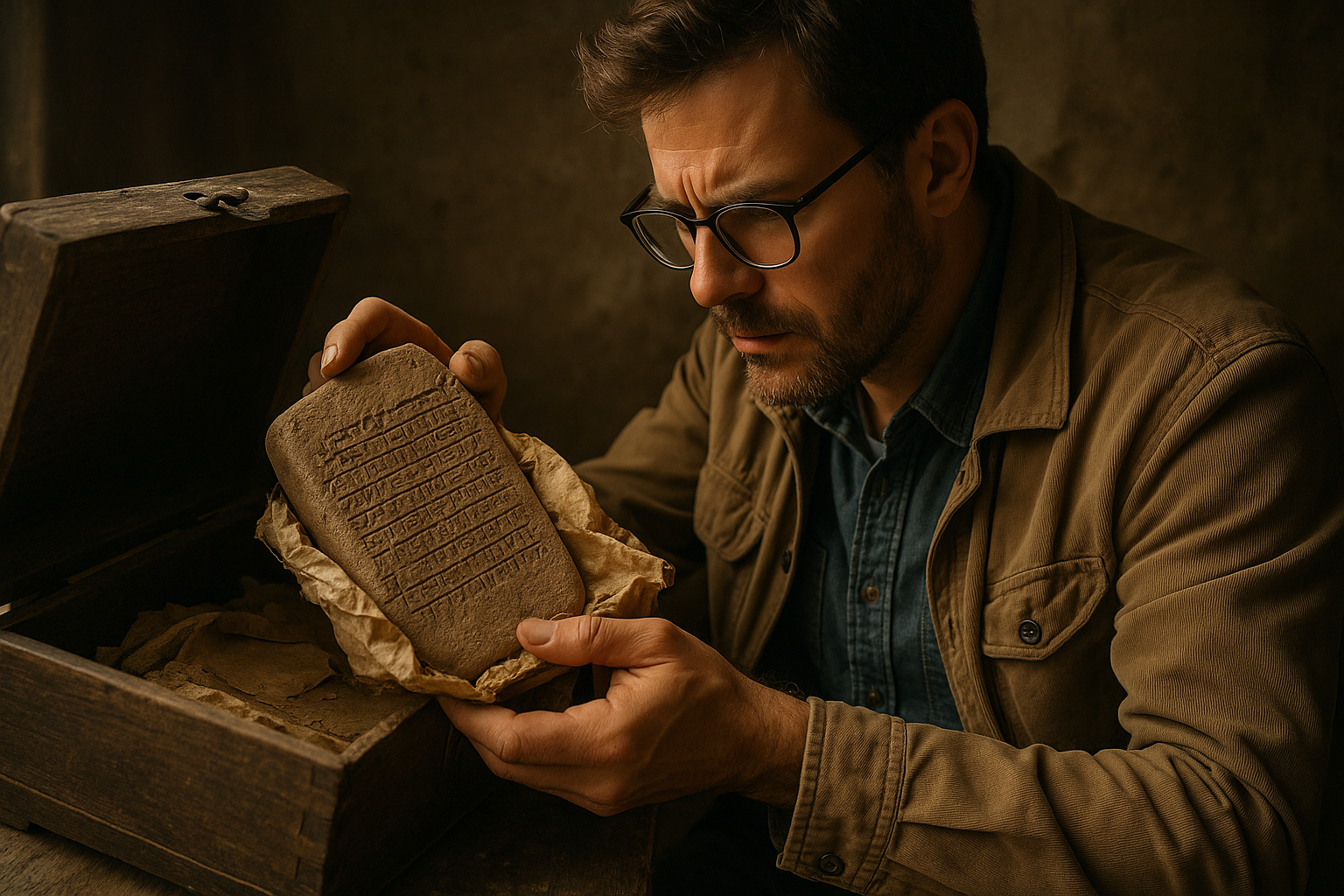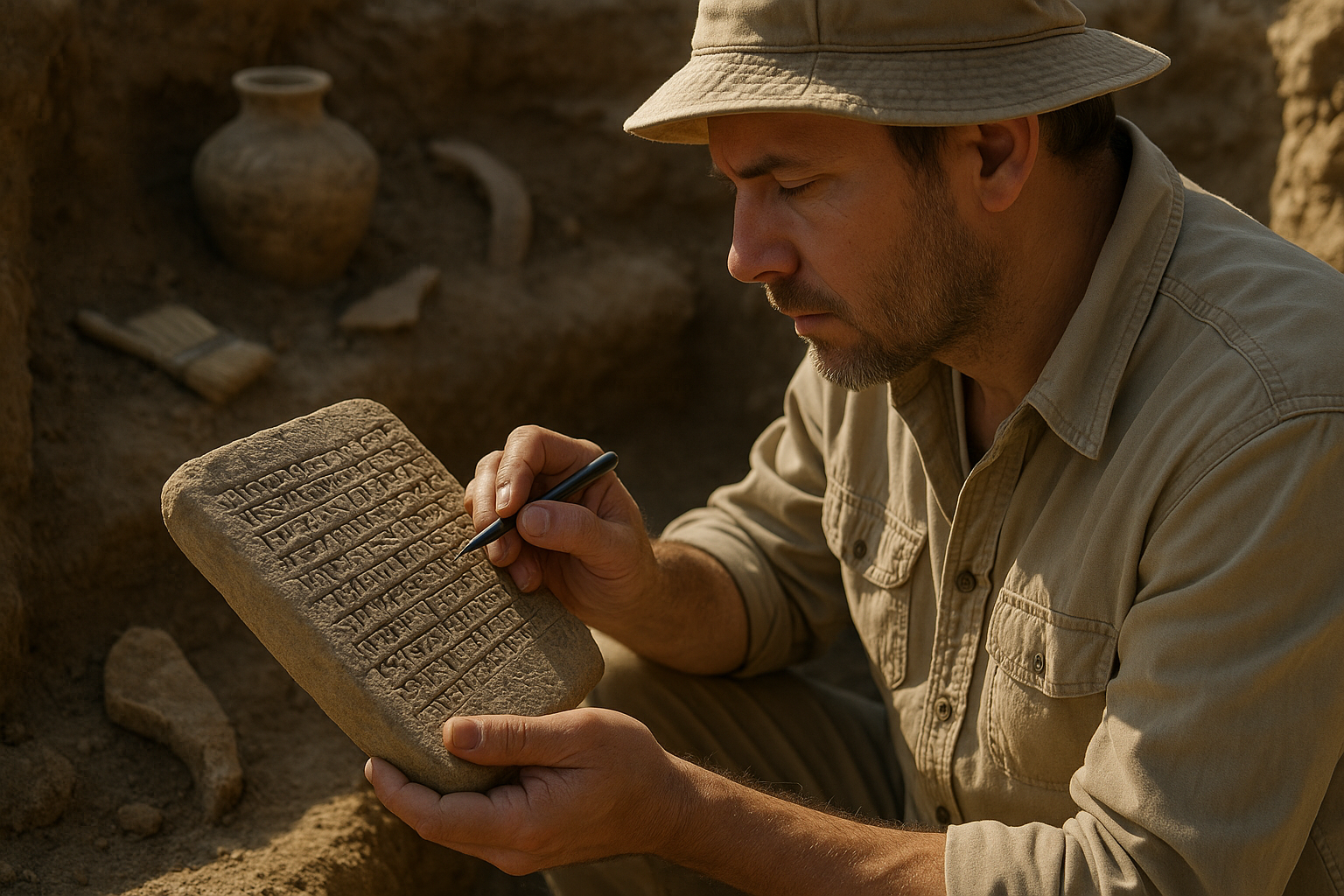Ancient temples hold more than architectural marvels—they guard secrets written on fragile pages, hidden beneath stone and soil, waiting for discovery to rewrite history.
📜 When Walls Whisper Stories of Forgotten Knowledge
Throughout human civilization, religious and scholarly institutions have served as repositories of knowledge, preserving texts that contemporary powers deemed too dangerous, too sacred, or too valuable to leave exposed. The practice of concealing codices within temple structures represents one of history’s most intriguing preservation strategies, a deliberate act that has transformed archaeological sites into time capsules of ancient wisdom.
The tradition of burying manuscripts for safekeeping extends across cultures and continents. From the Dead Sea Scrolls hidden in Qumran caves to the Nag Hammadi library sealed in Egyptian jars, these discoveries have revolutionized our understanding of ancient religions, philosophies, and daily life. Temples, with their sacred status and substantial construction, offered ideal hiding places where texts could survive wars, persecution, and the erosive passage of time.
The Sacred Architecture of Secrecy
Temple architects throughout history incorporated hidden chambers and false walls specifically designed to conceal precious documents. These architectural features weren’t afterthoughts but integral components of temple design, reflecting the dual purpose these structures served: public worship spaces and private knowledge vaults.
In Mesoamerican temples, priests created elaborate concealment systems within pyramid structures. The Temple of Inscriptions at Palenque, for instance, contained passageways leading to burial chambers where hieroglyphic texts were preserved alongside royal remains. These weren’t simply tombs but carefully engineered preservation environments where humidity and temperature remained relatively stable across centuries.
Engineering for Eternity 🏛️
The physical challenges of manuscript preservation in pre-modern times were substantial. Ancient librarians and priests understood that papyrus, parchment, and early paper required specific conditions to survive. They employed several strategies:
- Sealing texts in ceramic vessels filled with dry sand or ash
- Wrapping manuscripts in multiple layers of linen treated with preservative resins
- Constructing chambers with ventilation systems that prevented moisture accumulation
- Placing texts in metal containers, particularly copper or lead, which deterred insects and rodents
- Using natural cave formations within or beneath temple complexes where conditions remained constant
Decoding the Circumstances of Concealment
Understanding why codices were hidden provides crucial context for interpreting their contents. Historical records and archaeological evidence reveal several primary motivations for concealing religious and scholarly texts within temple structures.
Religious persecution represents the most common catalyst for manuscript concealment. When the Roman Empire transitioned to Christianity, pagan texts faced systematic destruction. Temple priests across the Mediterranean buried their most precious scrolls, hoping for a future when their traditions might be safely revived. Similarly, early Christian communities hid texts deemed heretical by emerging orthodox authorities, preserving alternative gospels and theological treatises that might have otherwise disappeared completely.
Political Upheaval and Cultural Preservation
Military conquests prompted massive manuscript concealment efforts. When Islamic armies swept through Persia in the seventh century, Zoroastrian priests buried extensive libraries to prevent their destruction. Archaeological excavations in Iran continue to uncover these hidden collections, providing unprecedented insights into pre-Islamic Iranian culture.
In China, the burning of books ordered by Emperor Qin Shi Huang in 213 BCE drove scholars to hide texts in temples and monasteries throughout the empire. Many texts we possess today survived only because Buddhist and Taoist monks secreted them away in temple walls and underground chambers.
The Nag Hammadi Discovery: A Case Study in Temple Secrets ✨
Few discoveries illustrate the significance of hidden temple codices better than the Nag Hammadi library. In December 1945, Egyptian farmers digging for fertilizer near the town of Nag Hammadi unearthed a sealed jar containing thirteen leather-bound papyrus codices. These texts, hidden by monks from the nearby Pachomian monastery around 400 CE, contained fifty-two mostly Gnostic treatises.
The circumstances surrounding their concealment reveal the tensions within early Christianity. When Bishop Athanasius issued his Easter letter in 367 CE, condemning various texts as heretical, monasteries throughout Egypt faced pressure to destroy their collections. Rather than comply completely, the monks at Chenoboskion apparently selected texts they wished to preserve, sealed them carefully, and buried them near their temple complex.
Contents That Changed Christian History
The Nag Hammadi codices contained works previously known only by reputation, including the Gospel of Thomas, the Gospel of Philip, and the Gospel of Truth. These texts presented alternative visions of Christian teaching, emphasizing personal spiritual knowledge over institutional authority and offering perspectives on Jesus’s teachings that differed substantially from canonical gospels.
The preservation quality varied among the codices, but many remained remarkably readable after fifteen centuries underground. The dry Egyptian climate, the sealed jar, and the deliberate choice of a location away from water sources all contributed to their survival.
Modern Archaeological Techniques Revealing Ancient Hiding Places 🔍
Contemporary archaeology employs sophisticated technologies to locate hidden chambers and concealed manuscripts without damaging temple structures. These non-invasive methods have revolutionized the search for buried codices.
| Technology | Application | Success Examples |
|---|---|---|
| Ground-Penetrating Radar | Detects underground voids and anomalies | Hidden chambers in Egyptian temples |
| LIDAR Scanning | Maps structures beneath vegetation and soil | Mayan temple complexes in Guatemala |
| Thermal Imaging | Identifies temperature variations indicating hollow spaces | Roman temple foundations in Turkey |
| Muon Tomography | Uses cosmic rays to image internal structures | Pyramid chambers in Egypt and Mexico |
Digital Preservation of Fragile Discoveries
When ancient codices emerge from centuries of concealment, they’re often in extremely fragile condition. Modern conservators employ multispectral imaging, which captures texts invisible to the naked eye due to fading or damage. This technology has recovered writings from manuscripts previously considered illegible, including palimpsests where original texts were scraped away and overwritten.
Three-dimensional scanning allows researchers to virtually unroll sealed scrolls without physically opening them, preventing damage to carbonized or brittle materials. This technique proved invaluable with the Herculaneum scrolls, papyri carbonized by Mount Vesuvius’s eruption in 79 CE, revealing texts from a philosophical library buried by volcanic ash.
The Dead Sea Scrolls and the Qumran Temple Community
Perhaps the most famous hidden manuscript collection, the Dead Sea Scrolls represent nearly 1,000 documents discovered between 1947 and 1956 in caves near the ancient settlement of Qumran. While technically not within a temple structure, the scrolls’ concealment followed similar preservation logic employed by temple priests worldwide.
The Qumran community, likely Essenes pursuing a rigorous religious life separated from mainstream Judaism, maintained an extensive library including biblical texts, community rules, calendrical documents, and apocalyptic writings. When Roman forces approached during the First Jewish Revolt (66-73 CE), community members systematically wrapped scrolls in linen and placed them in ceramic jars, then concealed these containers in nearby caves.
Textual Treasures from the Judean Desert
The scrolls include the oldest known manuscripts of Hebrew Bible texts, predating previously known copies by approximately 1,000 years. They’ve provided unprecedented insights into textual transmission, revealing how remarkably stable some biblical books remained across centuries while others underwent significant evolution.
Beyond biblical texts, the scrolls illuminate Second Temple Judaism’s diversity, documenting beliefs and practices that help explain the context from which both Rabbinic Judaism and Christianity emerged. The Community Rule, for instance, describes organizational structures and theological concepts that parallel early Christian communities, suggesting shared cultural contexts.
Buddhist Cave Temples and Their Hidden Libraries 📚
Buddhist traditions developed particularly sophisticated manuscript preservation cultures, with temple complexes regularly incorporating libraries as essential architectural elements. The Mogao Caves near Dunhuang, China, exemplify this tradition on an extraordinary scale.
Among the Mogao Caves’ nearly 500 decorated grottoes, Cave 17—the Library Cave—contained approximately 50,000 manuscripts and printed documents sealed around 1000 CE. This wasn’t a hasty concealment during crisis but a deliberate decision to preserve a temple library that had grown too large for its space, combined with possible concerns about approaching military threats.
The Silk Road’s Written Heritage
The Dunhuang manuscripts span multiple languages including Chinese, Tibetan, Sanskrit, Sogdian, and others, reflecting the Silk Road’s cosmopolitan nature. They contain Buddhist sutras, Confucian classics, Daoist texts, Manichaean hymns, and Christian scriptures, plus secular documents like contracts, letters, and account books that illuminate daily life in medieval Central Asia.
The preservation conditions were exceptional. Dunhuang’s arid climate and the cave’s sealed entrance created a stable environment where paper and silk texts remained intact for centuries. When Hungarian-British explorer Aurel Stein gained access in 1907, he found documents still flexible and legible.
Ethical Considerations in Manuscript Discovery and Access
The history of hidden codex discovery includes troubling episodes of colonial extraction and cultural appropriation. Many significant manuscript collections now reside in Western institutions far from their places of origin, raising ongoing questions about rightful ownership and access.
The removal of Dunhuang manuscripts by Stein and French sinologist Paul Pelliot, while preserving texts that might have otherwise deteriorated or been destroyed, also represents cultural heritage loss for China. Similar controversies surround the Dead Sea Scrolls, Nag Hammadi codices, and numerous other collections where local communities had limited agency in determining how their ancestral texts would be preserved and studied.
Contemporary Approaches to Collaborative Archaeology 🤝
Modern archaeological practice increasingly emphasizes collaboration with local communities and source countries. Digital technologies offer promising solutions, enabling high-quality facsimiles and online access while original manuscripts remain in or return to their regions of origin.
The Digital Dead Sea Scrolls project, for instance, provides free online access to high-resolution images of the scrolls, democratizing access that was previously limited to specialized scholars. Similar initiatives for the Nag Hammadi codices, Dunhuang manuscripts, and other collections balance preservation needs with scholarly and public access.
What These Ancient Texts Reveal About Lost Civilizations
Hidden codices consistently challenge and expand historical narratives. They preserve perspectives that mainstream historical transmission suppressed, ignored, or lost, providing windows into cultural complexity that written histories often simplify.
The Mayan codices—only four of which survived Spanish conquest and subsequent deterioration—illustrate this poignantly. These accordion-folded bark-paper books contain astronomical tables, ritual calendars, and deity descriptions that reveal sophisticated mathematical and astronomical knowledge. Spanish authorities systematically destroyed thousands of such codices as pagan works, making surviving examples precious beyond measure.
Rewriting Religious Histories 🔄
Hidden religious texts consistently demonstrate that ancient religious traditions were more diverse than their surviving orthodox forms suggest. The Gnostic texts from Nag Hammadi reveal early Christian diversity before orthodoxy crystallized. The Qumran scrolls show Second Temple Judaism’s sectarian variety. Buddhist manuscripts from Central Asia document now-extinct schools and practices.
These discoveries remind us that religious traditions evolve through contested processes where some voices prevail while others are marginalized or silenced. The texts preserved through concealment often represent those marginalized voices, offering more complete pictures of ancient religious landscapes.
The Future of Temple Secret Discoveries
Countless temples worldwide remain incompletely explored. Advances in non-invasive archaeological technologies suggest that many currently known temple sites may contain undiscovered chambers and hidden manuscripts.
In Southeast Asia, temple complexes like Angkor Wat in Cambodia have barely been scratched archaeologically. Ground-penetrating radar surveys have revealed extensive underground structures whose contents remain unknown. Similarly, Ethiopian rock-hewn churches reportedly contain libraries that scholars have never comprehensively catalogued, potentially including ancient texts in Ge’ez and other languages.
Climate Change as Both Threat and Revealer 🌍
Melting glaciers and shifting environmental conditions are exposing previously concealed archaeological sites, including some with preserved organic materials. While climate change threatens many known sites with deterioration, it’s simultaneously revealing new ones, creating urgent needs for rapid documentation and preservation.
Mountain temples in the Himalayas, for instance, may contain manuscripts preserved by cold, dry conditions that are now becoming vulnerable as temperatures rise. Archaeologists race against time to locate and preserve these materials before environmental changes destroy them.

Treasures Still Waiting Beneath Sacred Ground
The story of hidden temple codices continues unfolding. Each discovery potentially rewrites aspects of history, fills gaps in our understanding of ancient cultures, or recovers lost literary and philosophical works. The motivations that drove ancient priests and scholars to conceal their most precious texts—preservation of knowledge against immediate threats—resonate strongly in our own age of information vulnerability.
These buried secrets remind us that knowledge preservation requires active effort and sometimes sacrifice. The individuals who carefully wrapped manuscripts, sealed them in protective containers, and concealed them in temple walls rarely lived to see their efforts vindicated. They acted on faith that future generations would value what they preserved.
That faith has been repeatedly validated as archaeologists continue unearthing codices that enrich our collective heritage. Every excavation season brings possibilities—another sealed jar, another hidden chamber, another collection of texts that survived because someone, centuries ago, deemed them worth saving. The temples keep their secrets until the moment arrives for revelation, connecting us across vast expanses of time through the written word. 📖
Toni Santos is a temporal researcher and symbolic archaeologist specializing in the study of forgotten burial systems, sacred archival practices, and the visual languages embedded in ancient temporal lore. Through an interdisciplinary and artifact-focused lens, Toni investigates how humanity has encoded knowledge, memory, and mystery into the temporal world — across cultures, rituals, and vanished civilizations. His work is grounded in a fascination with time capsules not only as vessels, but as carriers of hidden meaning. From extinct burial ritual practices to mythical codices and secret temporal seals, Toni uncovers the visual and symbolic tools through which cultures preserved their relationship with the temporal unknown. With a background in design semiotics and temporal artifact history, Toni blends visual analysis with archival research to reveal how time capsules were used to shape identity, transmit memory, and encode sacred knowledge. As the creative mind behind eltonxy, Toni curates illustrated chronologies, speculative temporal studies, and symbolic interpretations that revive the deep cultural ties between artifacts, ritual markings, and forgotten messages. His work is a tribute to: The lost temporal wisdom of Forgotten Time Capsule Burial Rituals The guarded archives of Sacred Codices and Forgotten Temporal Archives The mythopoetic presence of Temporal Symbols and Ritual Markings The layered visual language of Vanished Artifacts and Temporal Messages Whether you're a temporal historian, symbolic researcher, or curious gatherer of forgotten chronological wisdom, Toni invites you to explore the hidden roots of time capsule knowledge — one seal, one glyph, one message at a time.




